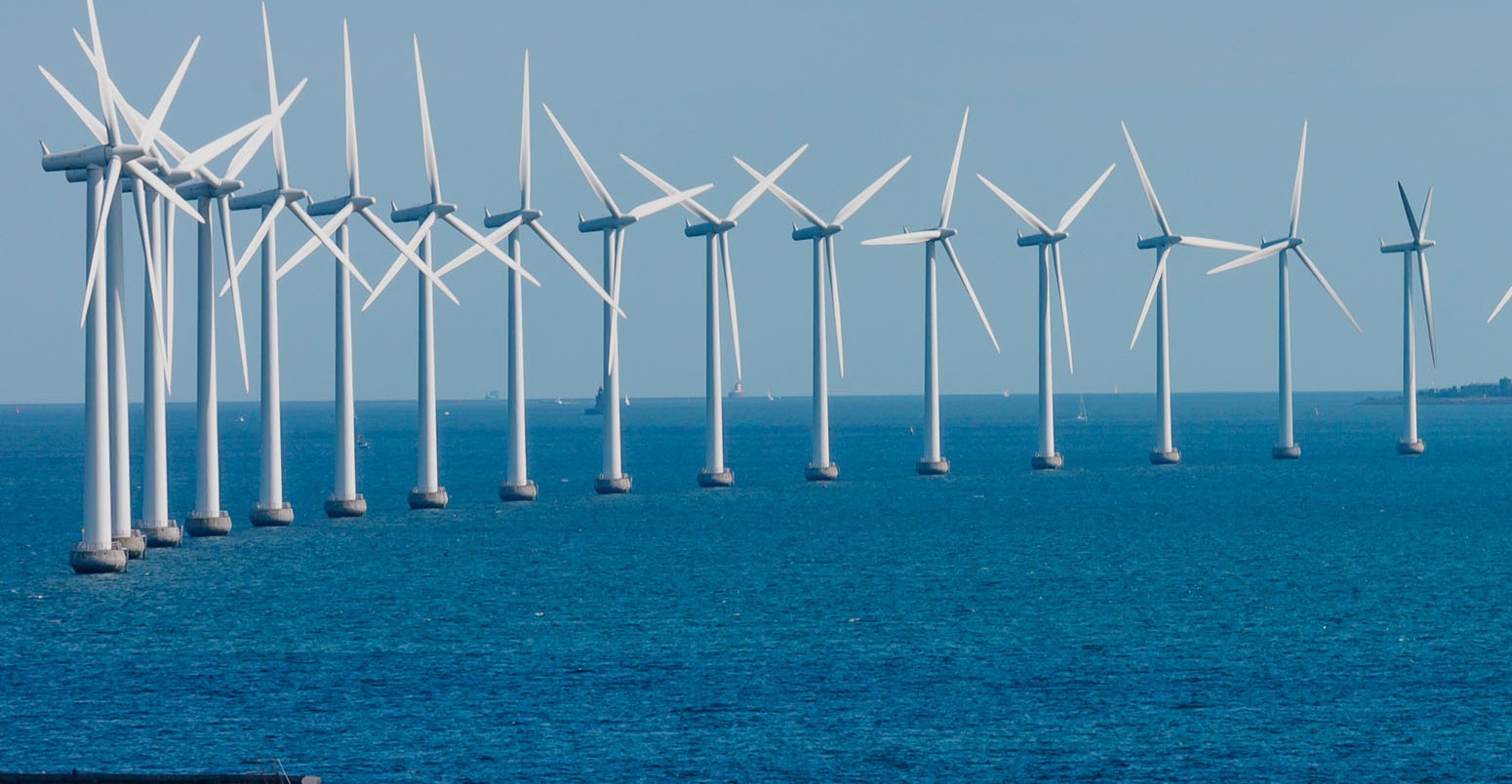Onshore wind power capacity in Germany expanded faster last year than it did in 2020, and is expected to add more momentum this year. Still, wind power industry interest groups are bemoaning that the growth pace is not enough to meet the targets set by the government for renewable energies.
Last year saw the addition of 484 wind towers with 1.9 gigawatts of power capacity on land, according to VDMA Power Systems and Bundesverband Windenergie (BWE). This was 35% higher than the addition seen in 2020. For 2022, the federations expect another 2.3-2.7GW to be installed, Kallanish understands.
They are especially critical of hurdles to the approval of new buildings by the relevant authorities. At present, any approval takes four to five years, and some 10GW of capacity are currently awaiting approval, according to BWE and VDMA Power Systems.
They point at China and the USA as model markets, where the addition of new onshore capacities is expected to reach 40GW (China) and 10GW (USA).
Offshore, no construction occurred at all in 2021. Installed capacity of the 1,501 towers adds up to 7.8GW. The federations call on the new German government to step up the expansion to meet the declared offshore target of 30GW by 2030. Of this, 10GW is defined as capacity dedicated to electrolysis for the production of green hydrogen.
Germany’s major steel plate making companies recently announced more activities in wind power. Dillinger Hütte will expand production of super heavy plate as well as production of wind tower foundations, known as monopiles. It will invest €56.5 million ($65.8m) at its main mill in Dillingen and at its monopiles making subsidiary Steelwind Nordenham.
Salzgitter has signed a cooperation agreement with Danish power company Ørsted. The steelmaker will produce low-carbon steel for use in Ørsted’s offshore wind farms, while the former will provide wind power and green hydrogen.
Christian Koehl Germany






